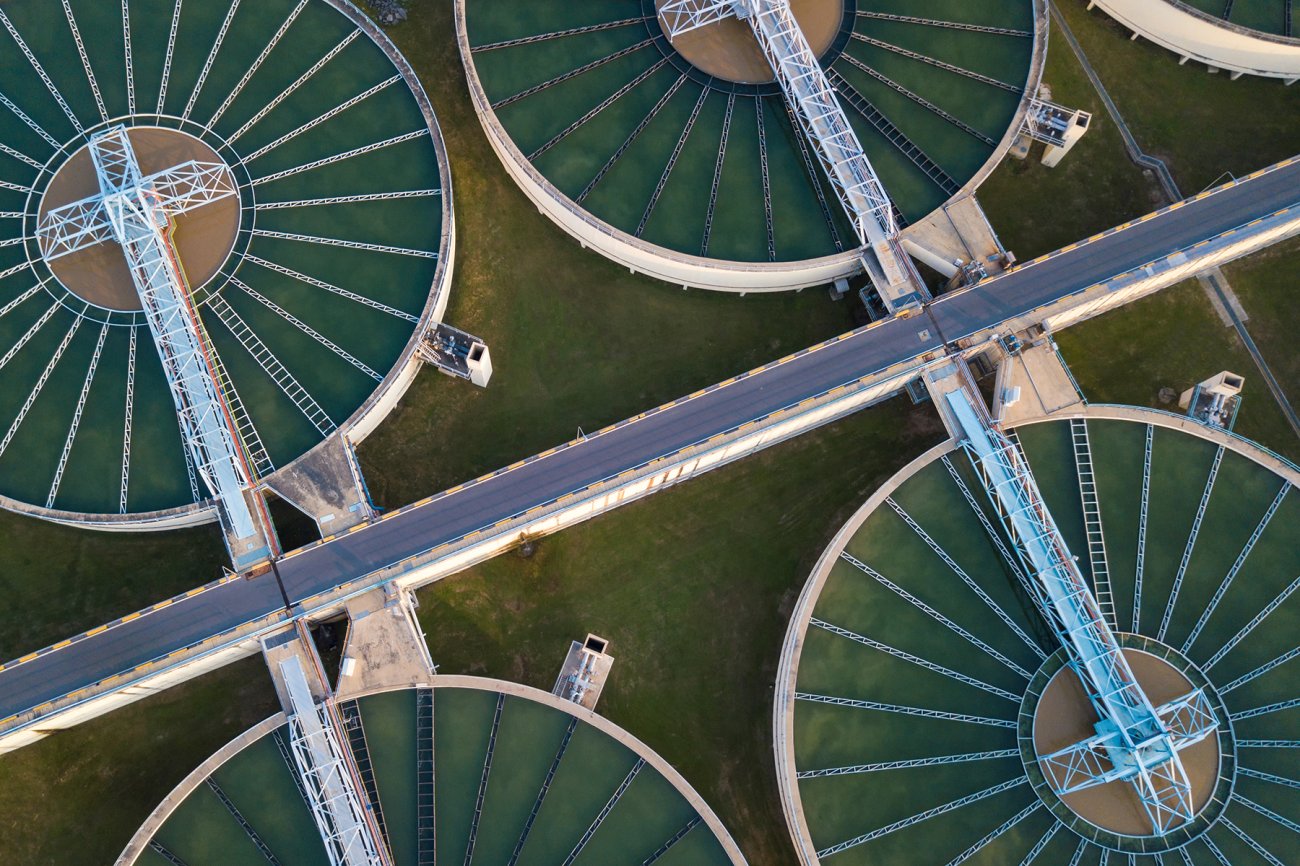7 Easy Facts About Reclaim Waste Explained
7 Easy Facts About Reclaim Waste Explained
Blog Article
Reclaim Waste Can Be Fun For Anyone
Table of ContentsThe Main Principles Of Reclaim Waste Things about Reclaim WasteReclaim Waste Can Be Fun For AnyoneNot known Facts About Reclaim WasteReclaim Waste for Beginners
Residential sewer waste refers to the waste and items from a domestic septic storage tank. The appropriate monitoring and disposal of domestic sewer waste need liquid waste to be moved to a sewage treatment plant where the proper methods and devices are used to detoxify and dispose of waste.
Industrial waste frequently includes potential hazards, such as flammable materials or a mixture of fluid and solid waste items, and requires an advanced and detailed disposal process. The disposal of industrial waste usually entails the filtering of waste before transportation to ensure safe and appropriate disposal. Hazardous waste is produced from results and drainage of industrial procedures and manufacturing.
This sort of waste can not utilize the exact same sewer administration transportation or procedures as septic or commercial liquids. The industrial waste management process needs the examination and screening of fluid waste before it goes through the disposal process (industrial wastewater treatment). Runoff waste is the fluid waste that originates from drainage and excess stormwater in very booming areas or cities
Overflow waste can trigger contamination and flooding otherwise dealt with effectively. Find out more about sewer cleansing and waste administration. Ensuring proper waste management can avoid calamities and decrease environmental damage. Both people in residential setups and specialists in industrial or production markets can benefit from recognizing the processes and laws of fluid waste monitoring.
The 5-Second Trick For Reclaim Waste
Contact PROS Services today to learn regarding our waste administration and disposal services and the proper ways to care for the fluid waste you produce.
(https://reclaimwaste1.mystrikingly.com/blog/efficient-liquid-waste-disposal-in-melbourne-why-reclaim-waste-is-your-go-to)
This supposed 'wastewater' is not just an important resource yet, after therapy, will certainly be launched to our land, waterways or the sea. Made use of water from bathrooms, showers, bathrooms, cooking area sinks, washings and industrial procedures is recognized as wastewater.

water utilized to cool machinery or clean plant and devices). Stormwater, a type of wastewater, is drainage that streams from agricultural and metropolitan locations such as roofings, parks, yards, roads, courses and gutters into stormwater drains, after rainfall. Stormwater flows neglected directly to neighborhood creeks or rivers, at some point getting to the sea.
Not known Facts About Reclaim Waste
In Queensland, the majority of wastewater is treated at sewage therapy plants. Wastewater is carried from residential or commercial sites via a system of sewage systems and pump terminals, called sewage reticulation, to a sewer therapy plant. City governments develop, maintain and run most sewage treatment plants. Operators are licensed under the Environmental Management Act 1994 to release treated wastewater at an acceptable ecological standard into rivers.
The Division of Natural Resources encourages city governments regarding handling, operating and maintaining sewage systems and treatment plants. In unsewered locations, regional federal governments may need homeowners to mount individual or family sewer treatment systems to deal with residential wastewater from bathrooms, cooking areas, shower rooms and washings. The Department of Natural Resources authorises making use of house systems when they are confirmed to be effective.
Many stormwater receives no treatment. In some new class, treatment of some stormwater to get rid of litter, sand and crushed rock look at this website has started using gross contaminant traps. Wastewater treatment takes place in 4 stages: Gets rid of strong issue. Bigger solids, such as plastics and various other objects incorrectly released to drains, are eliminated when wastewater is travelled through screens.
Utilizes tiny living organisms knows as micro-organisms to break down and get rid of remaining dissolved wastes and fine fragments. Micro-organisms and wastes are integrated in the sludge.
The Definitive Guide to Reclaim Waste
Nutrient elimination is not readily available at all sewage therapy plants since it calls for costly specialized equipment. It is becoming a lot more common in Queensland. Clear liquid effluent created after treatment may still contain disease-causing micro-organisms. If this effluent is launched into waterways such as rivers or the sea, the micro-organisms will ultimately die out.

This generally suggests wastewater needs to be dealt with or pollutants eliminated before it can be discharged to waterways. Many wastewater moves right into the sewage system. Under the Act, city governments carry out approvals and permits for ecologically pertinent activities (ERAs) including wastewater releases that could have a neighborhood influence. The division provides approvals and permits to ERAs entailing wastewater launches that might have a regional or statewide impact.
About Reclaim Waste
Surveillance gives valid info regarding water quality and can confirm that permit problems are being fulfilled. The info acquired via surveillance supplies the basis for making water high quality decisions.
Report this page